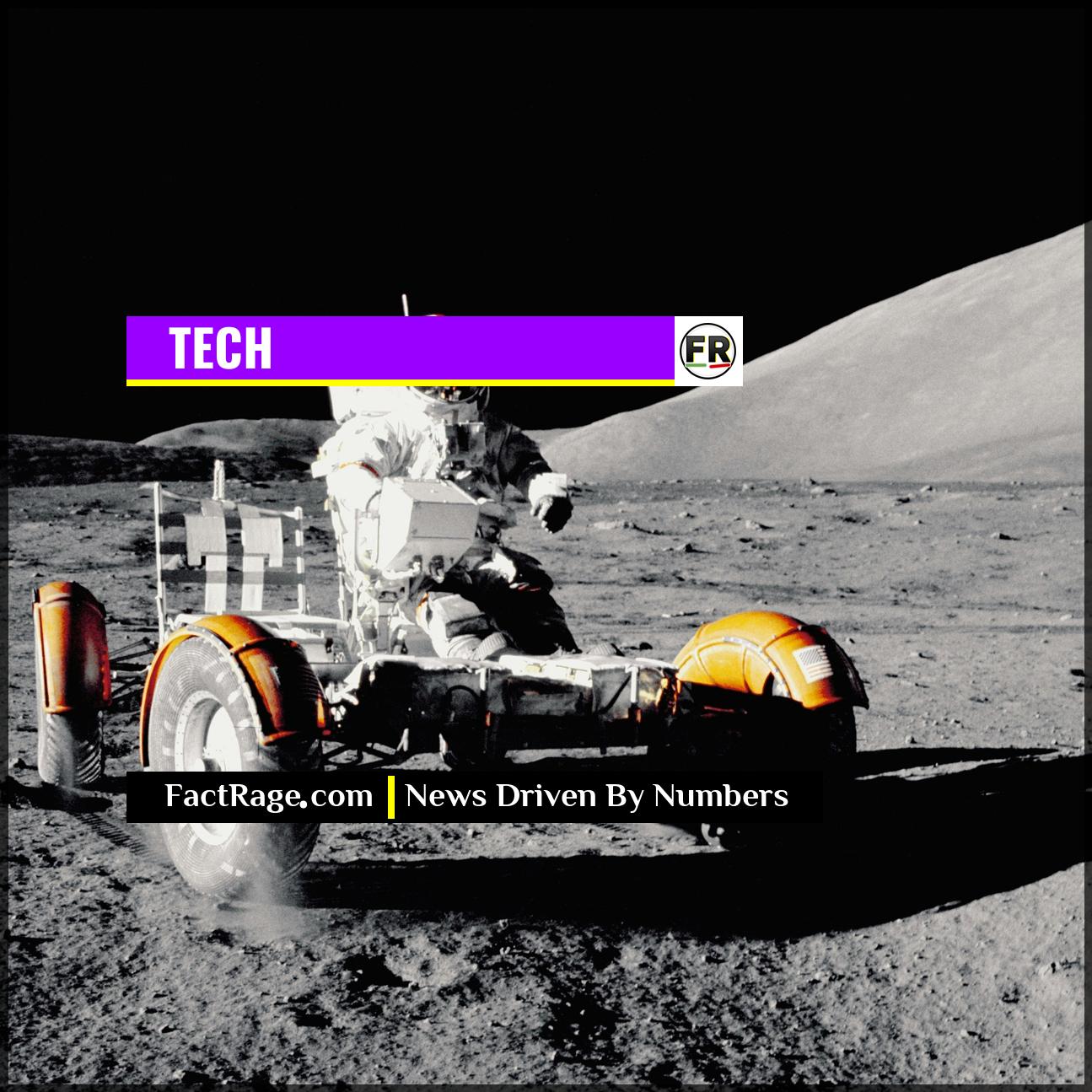KEARNEY, NE – The World Meteorological Organization is preparing to release its annual State of the Global Climate report on July 16, but in the sprawling corn and soybean fields of central Nebraska, the data is already being felt in the dry, cracked soil.
- Global Weather Snapshot – The upcoming WMO report is expected to confirm that recent years are among the warmest on record, detailing trends in greenhouse gas concentrations, sea-level rise, and extreme weather events.
- A Local Reality – Central Nebraska is currently experiencing moderate to severe drought conditions, according to the U.S. Drought Monitor, forcing farmers to rely heavily on expensive irrigation and adapt their practices.
- The Economic Ripple – The challenges on the farm, driven by persistent dry conditions, affect the broader local economy, from the cost of equipment maintenance to the business at local supply stores.
These global reports, filled with metrics and datasets, can often feel distant. Here in Buffalo County, however, the abstract language of climate science translates directly into the daily calculations of water, fuel, and survival for an agricultural community.
Where the Data Meets the Dirt
![]() The official story will be told in data points and press releases from international organizations. But the ground truth is found where those statistics meet the soil. National trends are just the sum of local realities, and to understand a global climate report, you have to see how it plays out in a town built on the whims of the weather. In places like Kearney, Nebraska, people don’t just read the forecast—they live it.
The official story will be told in data points and press releases from international organizations. But the ground truth is found where those statistics meet the soil. National trends are just the sum of local realities, and to understand a global climate report, you have to see how it plays out in a town built on the whims of the weather. In places like Kearney, Nebraska, people don’t just read the forecast—they live it.
What the World’s Climate Scorecard Will Show

The annual WMO State of the Global Climate report serves as a definitive scorecard for the planet’s climate system. Compiled from data supplied by dozens of international meteorological and hydrological services, the report provides a comprehensive overview of key indicators. Historically, these reports have documented a clear, long-term warming trend.
Based on data from precursor agencies like NOAA and the Copernicus Climate Change Service, the 2025 report, covering the year 2024, is widely expected to confirm that the past decade was the warmest on record. Scientists will be looking closely at the metrics for atmospheric carbon dioxide, which surpassed 420 parts per million in recent years, as well as ocean heat content and the rate of glacial melt. What do these large-scale numbers mean in practice? They are the building blocks of the weather patterns experienced across the globe, influencing the frequency and intensity of events like heatwaves, heavy rainfall, and droughts.
How a Nebraska Town Is Already Living the Data
Drive west from Kearney, and the landscape is a testament to agricultural engineering. Massive irrigation pivots stretch to the horizon, spraying water from the Ogallala Aquifer onto thirsty fields of corn. For local farmers, these machines are a lifeline in the face of increasingly unreliable rainfall.
“It’s not that we never had dry years before,” says David Jameson, a fourth-generation farmer who manages 2,000 acres of corn and soybeans. “It’s the persistence. The windows for rain seem smaller, and the heat comes on stronger in July and August. Your margin for error is gone.”
This sentiment is backed by data from the U.S. Drought Monitor, which shows large swaths of the Great Plains in a state of prolonged dryness. For farmers like Jameson, this means higher costs. Electricity bills to run irrigation pumps can run into the tens of thousands of dollars per season, and the increased wear on equipment adds another layer of expense. Companies like Deere & Company are developing “precision agriculture” technology to help farmers use water and fertilizer more efficiently, but these systems represent a significant upfront investment.
Why Global Models Matter to Local Fields
The connection between a WMO report and a dry field in Nebraska lies in atmospheric physics. Warmer global temperatures increase evaporation, pulling more moisture from the soil. They can also alter large-scale weather patterns, such as the position of the jet stream, which influences where storm systems travel. For the Great Plains, scientific models suggest that climate change contributes to more volatile weather—longer periods of drought punctuated by more intense, but less frequent, rainfall.
This volatility is the core challenge. A single, heavy downpour can lead to runoff and soil erosion without effectively replenishing deep soil moisture, while extended heatwaves stress crops during critical growth stages. The result is a high-stakes gamble each growing season. While the WMO report will speak in global averages and statistical certainties, the consequences are measured here in bushels per acre, the depth of the water table, and the economic health of a town built on the predictable rhythms of the seasons.
A New Season of Uncertainty
![]() When the official climate report is released, its data points will confirm what the land in central Nebraska already knows. The story of American agriculture has always been one of adaptation—from the homesteaders who first broke the prairie soil to the survivors of the Dust Bowl. Today’s climate volatility, backed by global science, is simply the newest chapter in that enduring struggle between the farmer and the forecast, testing the resilience that has long defined these communities.
When the official climate report is released, its data points will confirm what the land in central Nebraska already knows. The story of American agriculture has always been one of adaptation—from the homesteaders who first broke the prairie soil to the survivors of the Dust Bowl. Today’s climate volatility, backed by global science, is simply the newest chapter in that enduring struggle between the farmer and the forecast, testing the resilience that has long defined these communities.














